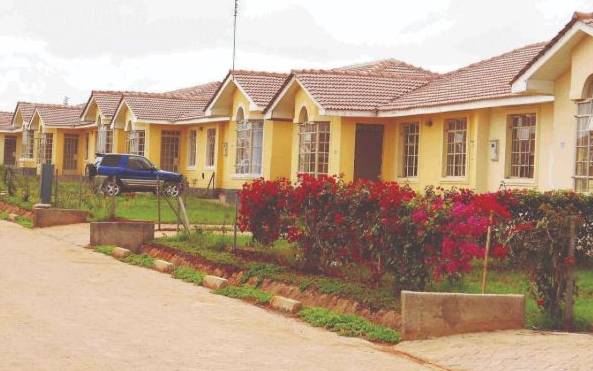×
The Standard e-Paper
Join Thousands Daily

Homeowners have now been lured away from the traditional detached bungalows to townhouses in leafy neighbourhoods, a new survey by the Kenya Bankers Association (KBA) indicates. [File, Standard]
Nairobi is bursting at the seams thanks to a rapidly swelling population, with the counties surrounding the city reaping the spoils.